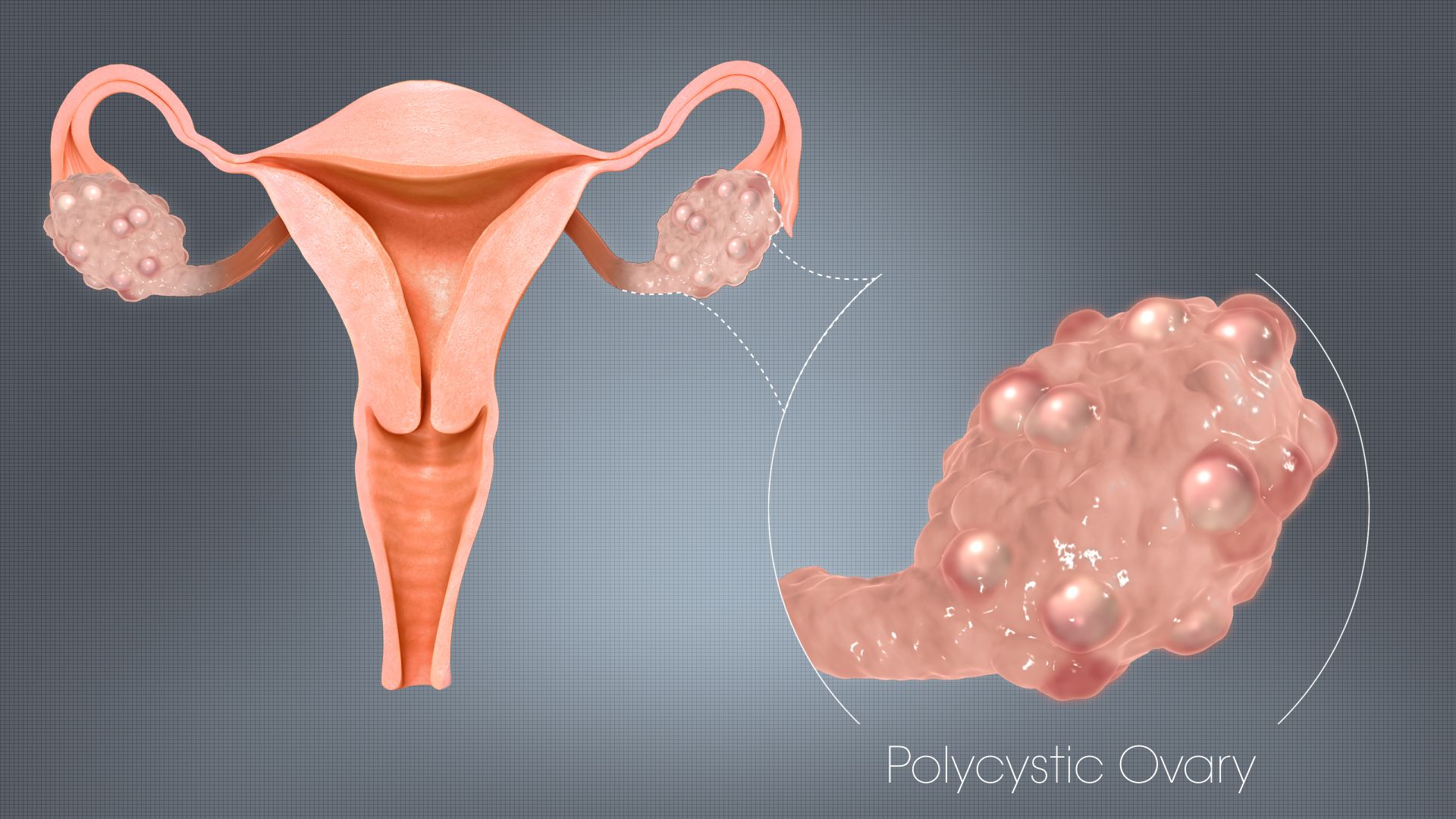From an ultra-elastic uterus and an overhyped hymen, to the crazy behaviour of hormones while PMSing, the female body is shrouded in mystery.
The most common hormonal problem in women, Polycystic Ovarian Syndrome (PCOS), is originally known as Stein-Leventhal syndrome named after two American gynecologists who described this condition.
The condition is now on the rise globally and has become a noted cause of infertility in females.
A pelvic ultrasound of up to 33% of women of reproductive age would reveal polycystic ovaries. However, a majority of them do not require intervention because they do not have features of the syndrome. Prevalence figures vary depending on diagnostic criteria used, but, on an average, PCOS is believed to upset 10% of women of reproductive age.
The causative factors, although not fully understood, are assumed to range from family history to a sedentary lifestyle and sometimes even a high-calorie diet.
Apart from the characteristic presence of multiple cysts in the ovaries, the most common morphological symptoms identified for this condition are listed below. Their occurrence and extent varies in different women.
- infertility or recurrent miscarriages,
- irregular or absent periods, a condition known as oligomenorrhoea
- excess hair growth on face and body,
- male-pattern hair thinning,
- acne,
- obesity,
- lipid abnormalities,
- sleep apnea
These symptoms may aid in identifying the problem, but the occurrence of PCOS remains a riddle. Also, these symptoms aren’t just physically debilitating, but also emotionally and psychologically wrenching.
The Science Behind The Signs- Androgen Overload
So what accounts for the lack of periods and other symptoms?
Excessive production of male hormones (such as testosterone) by the theca cells of the ovaries leads to the above symptoms.
The exact mechanism behind this puts insulin as the culprit. Hyperinsulinaemia or increased insulin secretion is caused as a result of insulin resistance (reduced sensitivity to insulin) in heavyweight women.
High level of insulin in the bloodstream tends to lower the synthesis of sex hormone-binding globulin (SHBG) in the liver which normally binds to testosterone released by the ovaries. Free testosterone may subsequently be raised, even if total testosterone is normal.
Apart from the above, hyperinsulinaemia also causes elevated release of luteinizing hormone (LH) from the anterior pituitary, which further contributes to the androgen overload.
Raised oestrogen levels in some women is also a side-effect of hyperinsulinemia, which sometimes leads to a hyperplastic endometrium.
The current researches are mainly focussed on finding a gene which makes some women more susceptible to developing PCOS than the rest.
The Challenge of Diagnosis
Misdiagnosis of PCOS is common as most physicians base it on individual symptoms instead of viewing the complete picture. Furthermore, since a good number of the symptoms revolve around the woman's reproductive system, the condition is often mistaken for a gynecological rather than an endocrinological disorder.
For a proper PCOS diagnosis it is essential to
- obtain blood samples to test for a variety of hormones - those produced by the ovaries, adrenal glands, pituitary gland and thyroid gland, and
- completely evaluate for cholesterol, triglyceride, glucose and insulin
The condition isn’t just a matter of hormones going haywire, but also a disruption of overall metabolism as it affects several body systems apart from ovaries.
Often being associated with insulin resistance, PCOS can be associated with a number of serious medical conditions like diabetes mellitus and cardiovascular disease. Elevated estrogen levels can also cause endometrial cancer, and eventually hysterectomy of the ovaries and uterus. The ailment also increases a woman's risk of getting heart attack and stroke because it raises critical factors like cholesterol and blood pressure.
Treatment for PCOS is tailored to address a woman’s reproductive concerns.
Since the exact cause of PCOS is unknown, treatment focuses on correcting hormonal imbalances and insulin resistance.
For treatment of overweight or obese women, most doctors believe that weight loss is the key. Losing just 5% of fat can alone restore hormone balance and fertility. It also brings down the risk for high cholesterol, high blood pressure, and diabetes.
For women who do not desire pregnancy, oral contraceptives may be prescribed. As and when pregnancy is desired, ovulation is induced through gonadotropins.
Adjunctive treatments such as Metformin have been used to decrease insulin resistance.
Surgical management for patients with refractory PCOS is an option but may be associated with adhesion formation and subsequent infertility.
Acupuncture and vitamin supplements, such as myo-inositol, are treatment options for PCOS.
Acetaminophen: Pregnancy Caution?
Acetaminophen is amongst the most commonly-used medicines worldwide, for all age groups- starting in infancy for fever, right through till old age for pain control and other ailments. It is packaged into almost all prescription as well as non-prescription analgesics.Read More..









